1- Introduction to Nude Modeling
Nude modeling is a powerful form of artistic expression, where the human body becomes a living canvas. It’s more than just posing—it’s about capturing emotion, vulnerability, and beauty through light, shadow, and movement. Throughout history, the nude body has been central in art, shaping perceptions of beauty, strength, and power.
This art form isn’t just about aesthetics; it’s about confidence, collaboration, and trust between the model and artist. Whether in fine art, photography, or fashion, nude modeling remains a dynamic way to explore the human form and its deeper meanings. In this section, we’ll dive into what nude modeling truly means and its significance in art and society today.
What is Nude Modeling?
Nude modeling is the art of embodying the human form in its purest, most unfiltered state. It is not just about standing undressed in front of an artist’s easel or a photographer’s lens—it is about becoming a living sculpture, a canvas of light and shadow, a vessel through which creativity flows.
To model nude is to give physical form to artistic vision. It is the act of offering one’s body as a medium, not for the sake of exposure, but for the sake of interpretation. Every line, every curve, every subtle shift in posture contributes to a larger story. The arch of a back can express tension, longing, or defiance. A gently bent wrist can evoke grace or vulnerability. Even the way light caresses skin can turn flesh into something almost ethereal, dissolving the body’s physicality into pure expression.
At its core, nude modeling is a collaboration between the model and the artist, a silent conversation where the body speaks in curves, gestures, and expressions. The model is not a passive subject but an active participant, interpreting direction, feeling the energy of the room, and responding with movement or stillness. It is an exploration of vulnerability and strength, of tension and release, of control and surrender. A model holds a pose, muscles trembling under the weight of stillness, embodying resilience. Or they soften into the moment, breathing through their posture, becoming fluid and open.
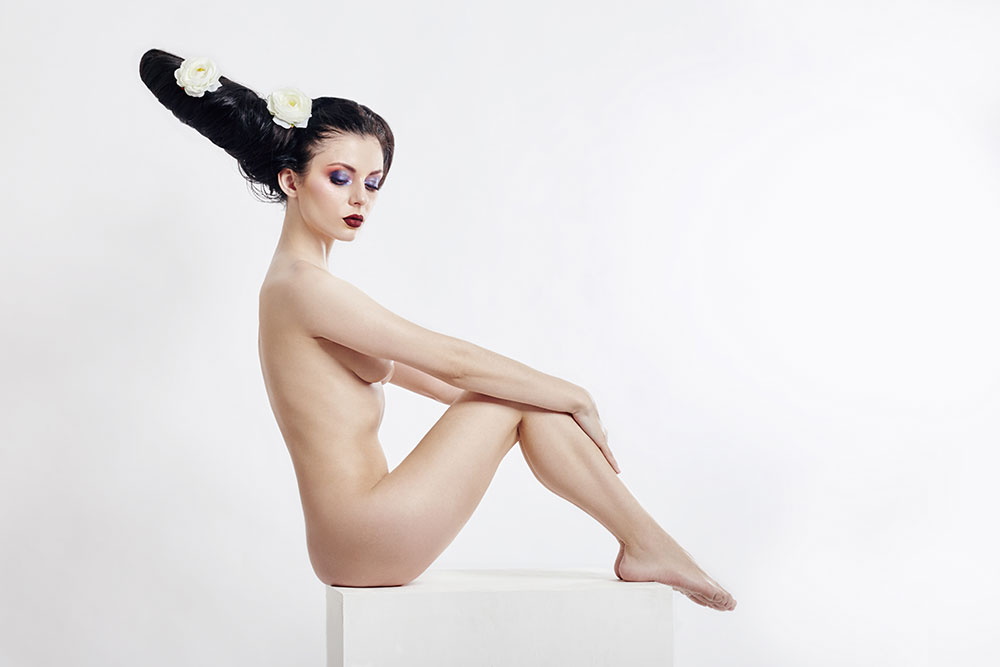
Whether capturing the taut elegance of a dancer’s stance, the relaxed beauty of a reclining figure, or the stark, angular drama of a contorted pose, nude modeling transforms the human body into art itself. It is a discipline, a performance, and a meditation all at once. It asks the model to be fully present, to embrace their form without apology, and to trust that in their stillness, they are shaping something timeless.
In its highest form, nude modeling transcends the body. It becomes a study of existence—of what it means to be seen, to be human, to be both fragile and powerful at once. It is a reminder that the body is not just flesh and bone but a living narrative, waiting to be told.
The Historical Significance of Nude Modeling in Art and Photographs
Nude modeling has played a central role in artistic expression for centuries, serving as a powerful means to explore beauty, form, and human nature. From ancient sculptures to modern photography, it has shaped the way societies perceive the body and its place in art.
In classical antiquity, the Greeks and Romans saw the nude as an ideal representation of strength, divinity, and perfection. Their sculptures celebrated the human figure with lifelike precision, emphasizing proportion and movement. The Renaissance revived this tradition, with artists like Michelangelo and Leonardo da Vinci using live models to refine their understanding of anatomy and realism. Their works not only advanced artistic techniques but also reinforced the nude as a symbol of intellectual and spiritual exploration.
With the rise of photography in the 19th century, nude modeling took on new dimensions. Early photographers used the medium to capture the body with unprecedented detail, often sparking debates about art versus obscenity. Meanwhile, painters like Manet challenged societal norms by presenting nudes as real, unapologetic individuals rather than idealized figures.
In the modern era, nude modeling continues to evolve, pushing boundaries in fine art, fashion, and commercial photography. It has become a platform for body positivity, identity, and social commentary, reflecting shifting cultural attitudes toward nudity and self-expression. Despite ongoing debates over censorship and artistic freedom, nude modeling remains a timeless and essential form of creative exploration, proving that the human body itself is an enduring masterpiece.
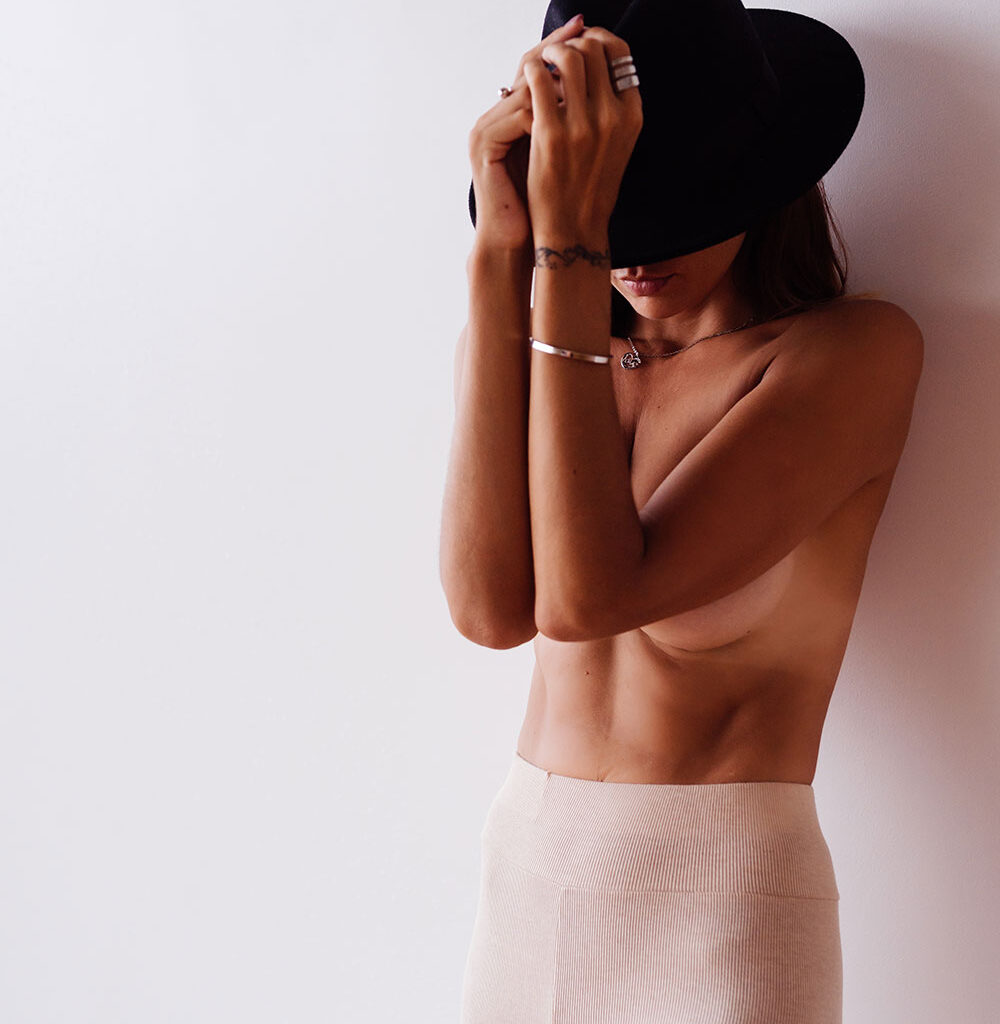
The Role of Nude Modeling in Fashion, Fine Art, and Commercial Work
Nude modeling is more than just posing without clothes—it’s a language of artistry, storytelling, and bold self-expression. Across fashion, fine art, and commercial work, it serves different yet equally compelling purposes, shaping how we see beauty, identity, and the human form.
In fine art, nude modeling is a foundation of creativity. From classical sculptures to modern paintings, the nude has long been a muse for artists seeking to capture emotion, movement, and raw human essence. It strips away distraction, leaving only the body’s form as a study of light, shadow, and storytelling. Whether in a delicate charcoal sketch or an avant-garde digital piece, the nude figure continues to be a timeless subject, symbolizing everything from vulnerability to power.
Fashion takes a different approach, often using nudity as a statement rather than a study. Whether it’s the striking minimalism of high-fashion editorials or the subtle sensuality of sheer fabrics on a runway, nude modeling in fashion photography challenges norms, redefines beauty, and plays with the balance between exposure and concealment. Iconic photographers like Helmut Newton and Irving Penn turned nude imagery into high art, proving that fashion isn’t just about clothing—it’s about attitude, composition, and cultural dialogue.
Then there’s commercial work, where nude modeling blends artistry with advertising. Think luxury fragrance ads, skincare campaigns, and body-positive branding. Here, the nude body is often used to evoke purity, confidence, or sensuality, shaping how products connect with audiences. Whether celebrating natural beauty in a Dove campaign or using high-contrast black-and-white shots to sell an edgy new fragrance, nudity in commercial work walks the fine line between aesthetics and persuasion.
Across all these industries, nude modeling remains a force—sometimes controversial, always captivating. It’s an art form, a fashion statement, and a marketing tool, but above all, it’s a testament to the timeless power of the human body as a canvas for creativity.
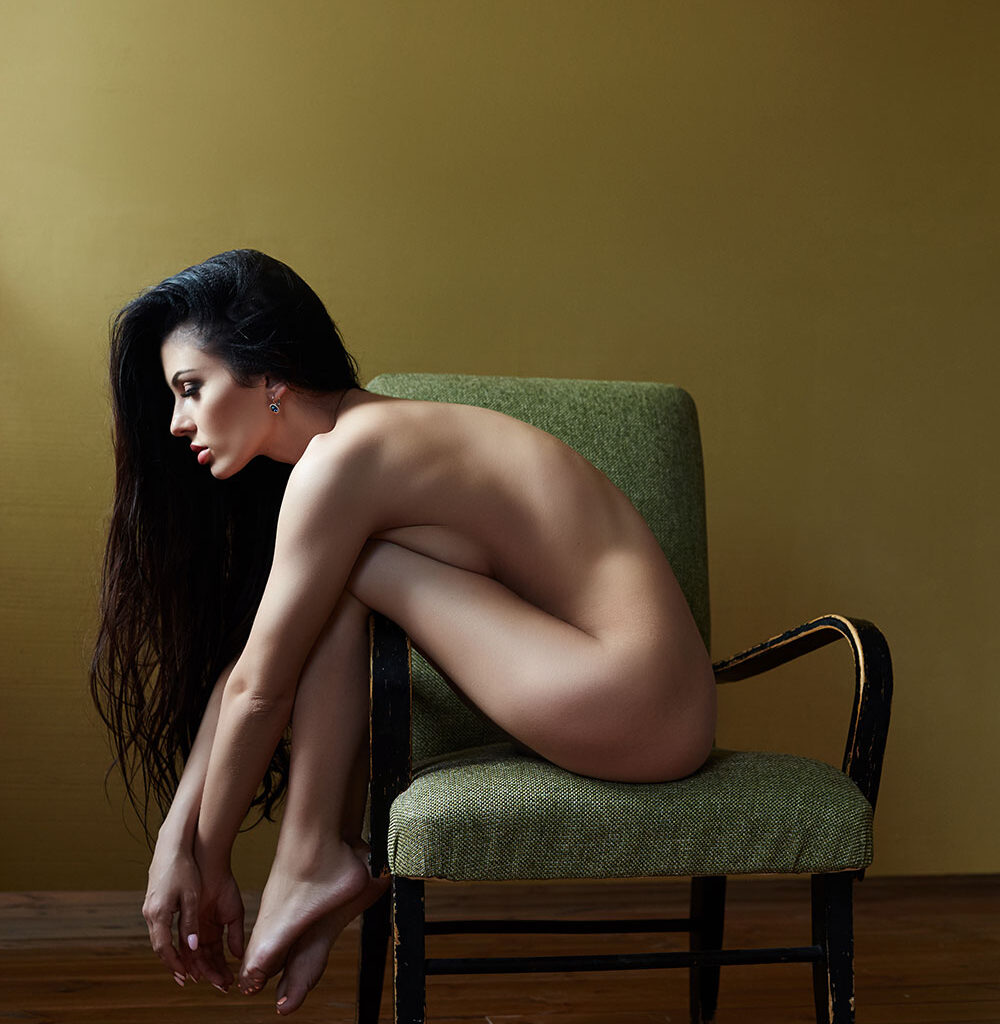
Misconceptions and Stigma Surrounding Nude Modeling
Nude modeling has long been burdened by misconceptions, often viewed through a lens of taboo rather than artistry. One of the biggest misunderstandings is the assumption that nudity equals sexuality. Many outside the art world struggle to separate the two, believing that posing without clothing is inherently provocative. In reality, nude modeling is about composition, movement, and the study of the human form—no different from sculpting or figure drawing. For artists, the body is a landscape of light and shadow, angles and curves, not an object of scandal.
Another common myth is that nude models lack professionalism or self-respect. The truth is, it takes a deep understanding of body language, patience, and confidence to hold a pose for long periods, maintaining both poise and expression. It’s a skill—knowing how to create dynamic shapes, how to embody emotion, how to work with artists and photographers to bring a vision to life. The ability to strip away not just clothing, but self-consciousness, requires remarkable strength.
Then there’s the belief that nude modeling is only for the young, slim, and conventionally attractive. But true art is not about idealized beauty—it’s about authenticity. Throughout history, artists have sought models of all ages, body types, and backgrounds because the human form, in all its diversity, tells deeper stories than perfection ever could.
Despite its long-standing role in art and culture, nude modeling still faces stigma, especially in the digital age, where nudity is often censored or equated with something indecent. Yet those who understand its significance know the truth: nude modeling isn’t about exposing the body—it’s about revealing something much more profound.
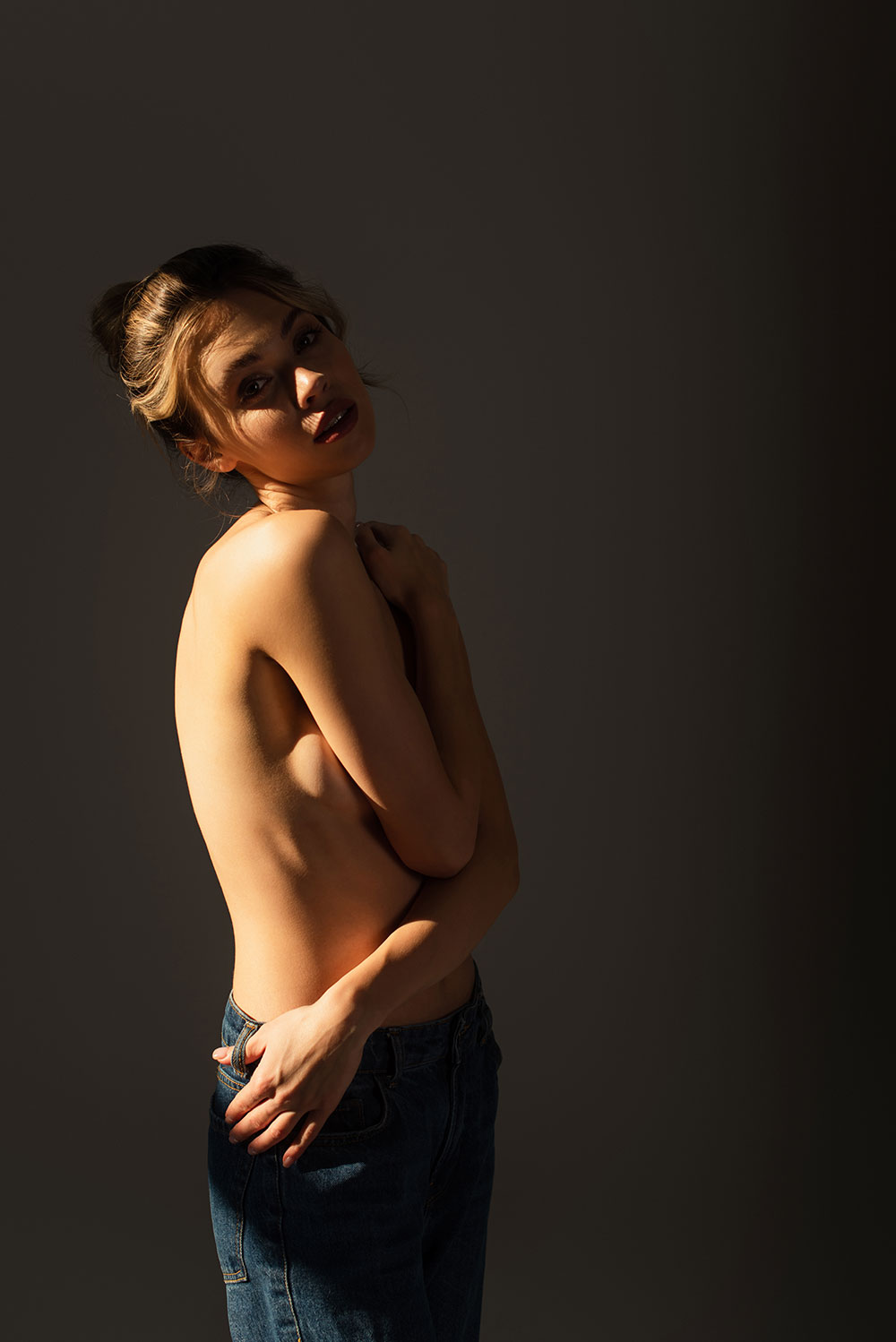
2- The Different Types of Nude Modeling
Nude modeling is a diverse field with various forms and purposes. From fine art to fashion, each type of nude modeling offers a unique way to explore and express the human form. Whether you’re posing for a sculptor, participating in a high-fashion shoot, or contributing to conceptual art, the role of the nude model can vary greatly. In this section, we’ll take a closer look at the different types of nude modeling, helping you understand the distinctions and decide where you might best fit in the artistic world.
Artistic Nude Modeling: Posing for Painters, Sculptors, and Photographers
For painters and sculptors, the model is essential in capturing the essence of human anatomy. Every pose is carefully considered—not just for aesthetics but for the way it conveys energy, tension, or serenity. A twisted torso can evoke struggle; a relaxed, reclined figure may symbolize peace. The play of light on skin, the angles of bones beneath flesh, the way a model’s posture creates depth and emotion—all of these elements become the artist’s tools in translating the human form onto canvas or into sculpture.
In photography, artistic nude modeling becomes even more dynamic. Here, the model interacts not only with their own movement but also with the photographer’s vision. Light is manipulated to accentuate texture and mood, turning the body into an abstract landscape of curves and angles. Some images highlight raw vulnerability, while others push into surrealism—distorting the body through perspective, shadows, or even motion. Unlike traditional figure drawing, where the process takes hours or days, photography captures split-second moments, preserving the body’s fleeting shapes and emotions in an instant.
What makes artistic nude modeling so unique is its timelessness. It is not tied to trends or fleeting standards of beauty. It celebrates the body in its natural state, embracing imperfection, diversity, and individuality. It is both deeply personal and universally understood—a form of expression where the human figure, stripped of pretense, becomes pure art.
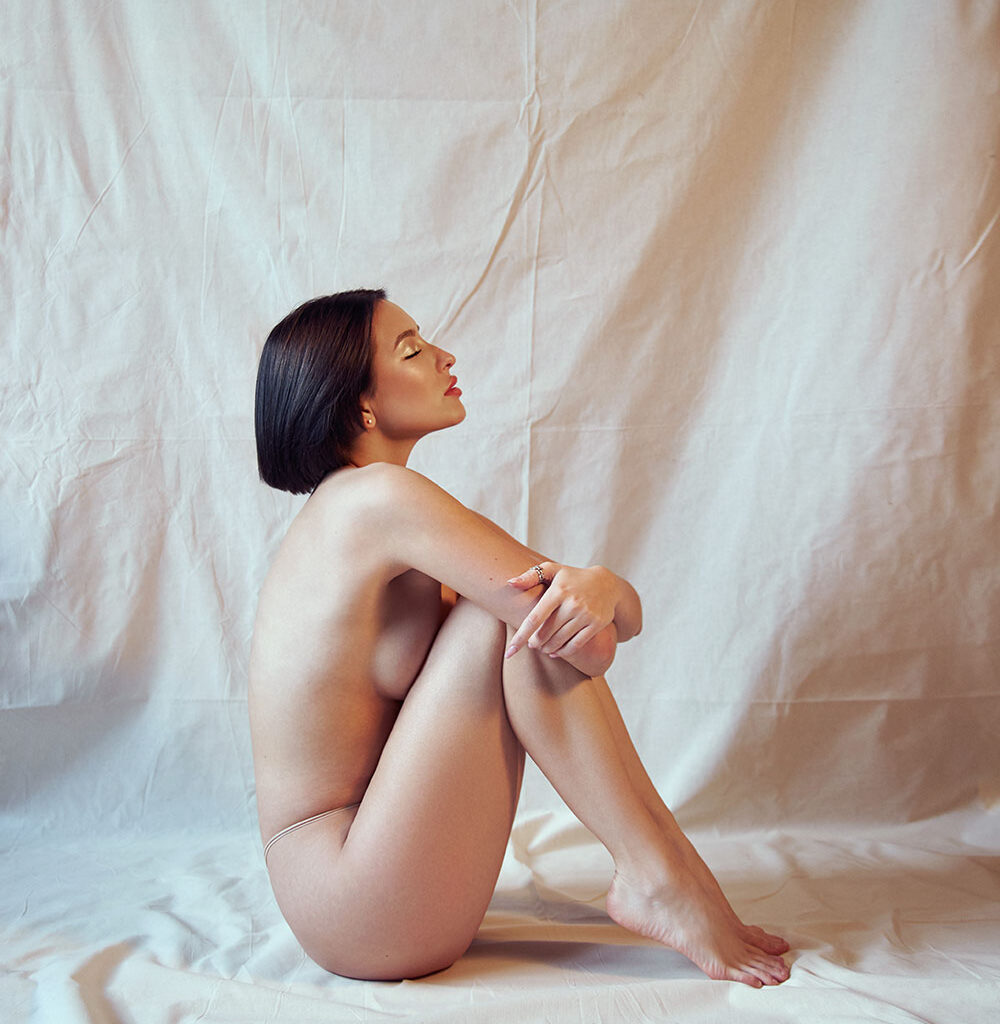
Fine Art Photography, Working with Photographers for Galleries and Exhibitions
Unlike commercial or fashion photography, which often focuses on appeal or branding, fine art nude photography exists purely as an artistic statement, meant to provoke thought, evoke feeling, or challenge perception. The goal isn’t just to capture nudity, but to explore what it represents—strength, vulnerability, sensuality, or even abstraction.
Working in this space requires a deep trust between the model and the photographer. Every pose, every shift in lighting, and every composition is intentional, crafted to highlight not just the body but the idea behind the image. Some fine art photographers focus on stark contrasts—playing with light and shadow to sculpt the figure in dramatic ways. Others seek intimacy, capturing soft, unguarded moments where the model appears lost in thought or motion. Some push into the avant-garde, using unusual angles, textures, or experimental techniques to distort and reshape the body into something almost otherworldly.
Unlike standard portrait sessions, fine art nude photography is often a slow, deliberate process. The model must be highly aware of posture, expression, and movement, as even the subtlest change can alter the mood of the image. There is an unspoken collaboration happening—where the model’s body is not just being observed but is actively shaping the vision of the photographer.
Once the images are created, they take on a life of their own in galleries and exhibitions. Here, the nude is removed from everyday context and placed into a space where it can be appreciated as pure art. Whether displayed in black and white, bathed in surreal colors, or juxtaposed against unexpected backdrops, fine art nude photography invites the viewer to see the body not just as a subject, but as a work of art in its own right.
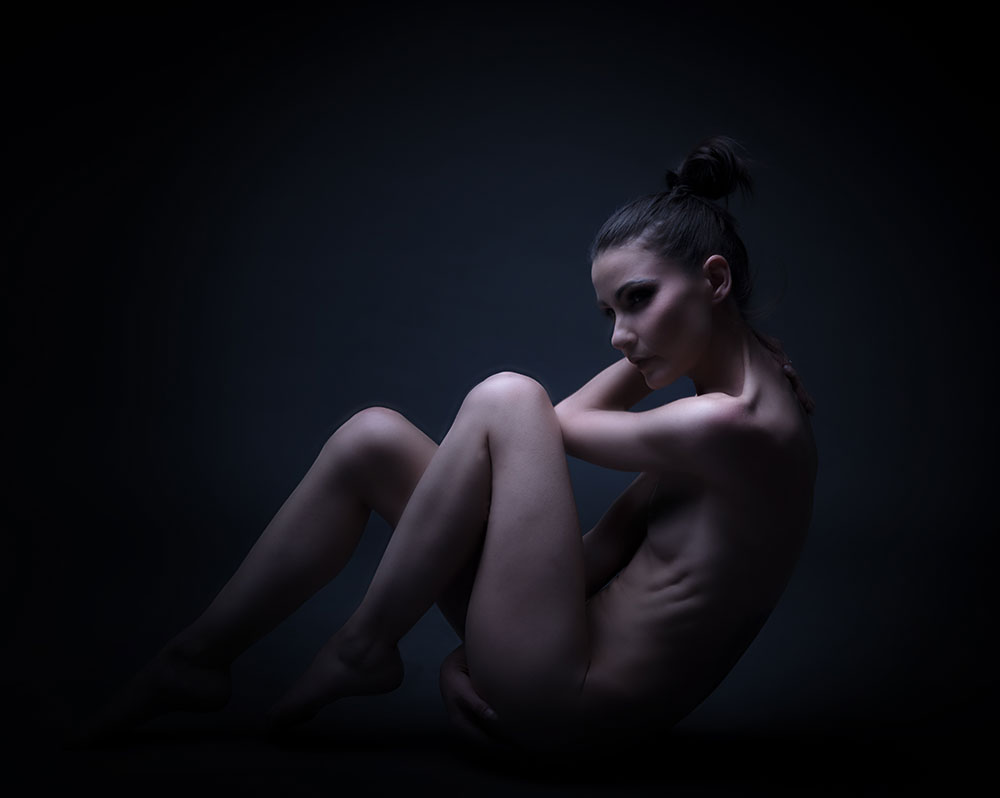
Figure Drawing & Life Modeling, Posing for Art Schools and Individual Artists
Picture this: a quiet studio, the soft scratch of charcoal against paper, the occasional shuffle of an artist adjusting their easel. In the center of it all—completely still—stands the life model, the heart of the entire process. Figure drawing and life modeling aren’t just about being naked in a room full of people with sketchbooks. It’s about becoming a living study of form, light, and movement, giving artists a real, tangible subject to learn from.
Life modeling is as old as art itself. Before cameras, before anatomy books, before AI-generated anything, artists had one way to understand the human body—by observing it in real life. That’s where models come in. Every angle, every shadow, every subtle shift in weight tells a story. A hunched posture can suggest weariness, an outstretched arm can feel hopeful, a relaxed recline can radiate confidence. The model isn’t just standing there; they’re shaping the entire creative experience.
Art schools rely on life models to train students in capturing proportions, depth, and movement. And while holding a pose for 20 minutes may sound easy, it’s anything but. A simple seated pose can make your legs go numb, an extended arm can start shaking, and a dynamic pose? That’s like holding a plank—pure endurance. But here’s the magic: even the tiniest adjustments—a tilt of the chin, a shift in the hip—can completely change the energy of a drawing.
For individual artists, figure drawing sessions are often more intimate and exploratory. Some prefer quick gesture drawings, capturing the essence of movement in seconds. Others take their time, focusing on every detail—every muscle, every fold of skin, every imperfection that makes the body real.
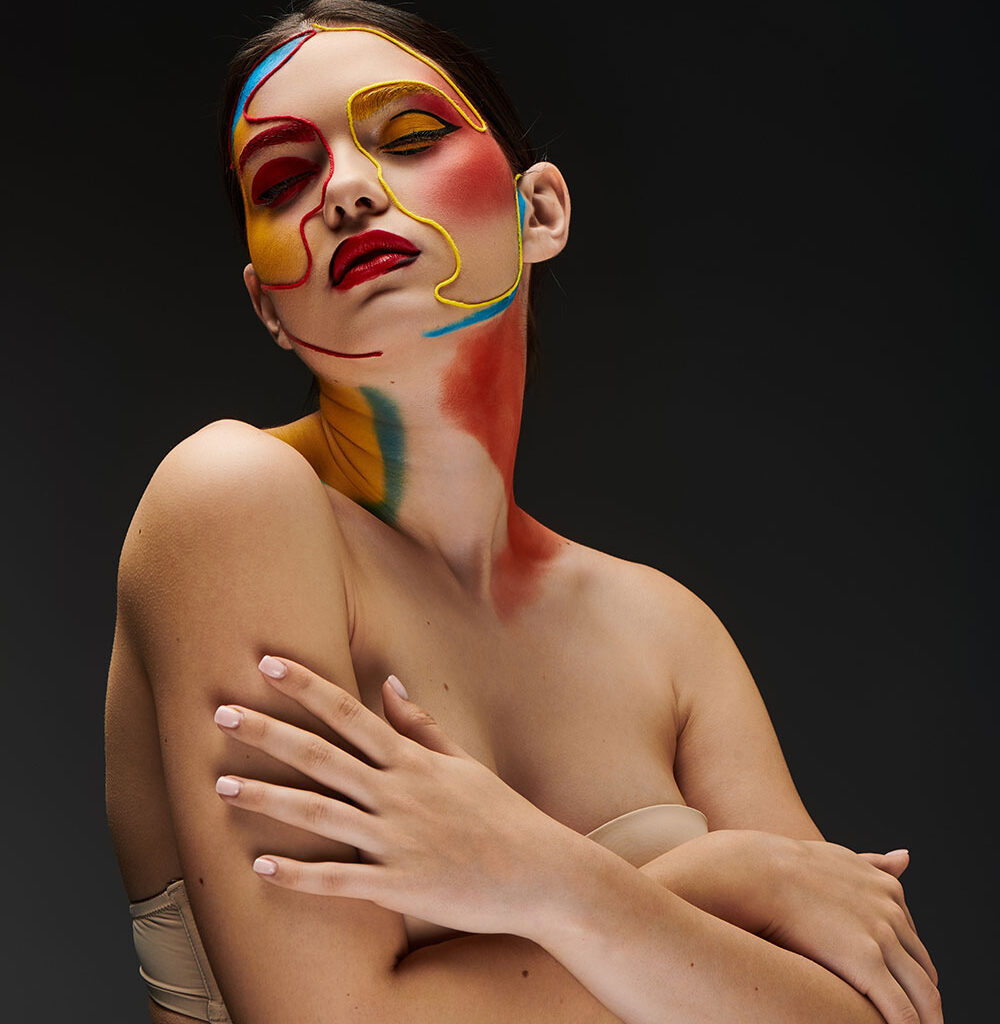
Implied Nude & Partial Nudity, Creative Poses That Suggest Nudity Without Full Exposure
Implied nude and partial nudity are where suggestion becomes more powerful than exposure. It’s the art of almost—where a perfectly placed arm, a shadow at just the right angle, or the drape of fabric across skin creates an illusion of nudity without revealing everything. It plays with mystery, leaving just enough to the imagination while still capturing the essence of the human form.
Unlike full nudity, which puts everything on display, implied nude is about control—what’s shown, what’s hidden, and, most importantly, why. It’s not about censorship; it’s about intention. Sometimes, an implied nude shot can feel even more provocative than a fully nude one because it invites the viewer to engage, to fill in the gaps with their own perception. It can be soft and romantic, edgy and bold, or completely abstract, depending on how the model and photographer choose to frame it.
Then there’s partial nudity, where elements of clothing, accessories, or props become part of the composition. A sheer fabric clinging to the body, a hand covering the chest, a jacket slipping off the shoulder—it all adds texture, movement, and storytelling to the image. Unlike full-on nude modeling, where the focus is often on anatomy and raw form, partial nudity lets the model play with identity. The presence of clothing—or the almost absence of it—can shift the mood entirely, turning a simple pose into something layered with meaning.
From an artistic standpoint, implied nude is a fascinating balance between vulnerability and control. The model dictates how much of themselves they reveal, making it a space of empowerment rather than exposure. It’s about teasing the line between seen and unseen, where suggestion becomes the most powerful tool of all.
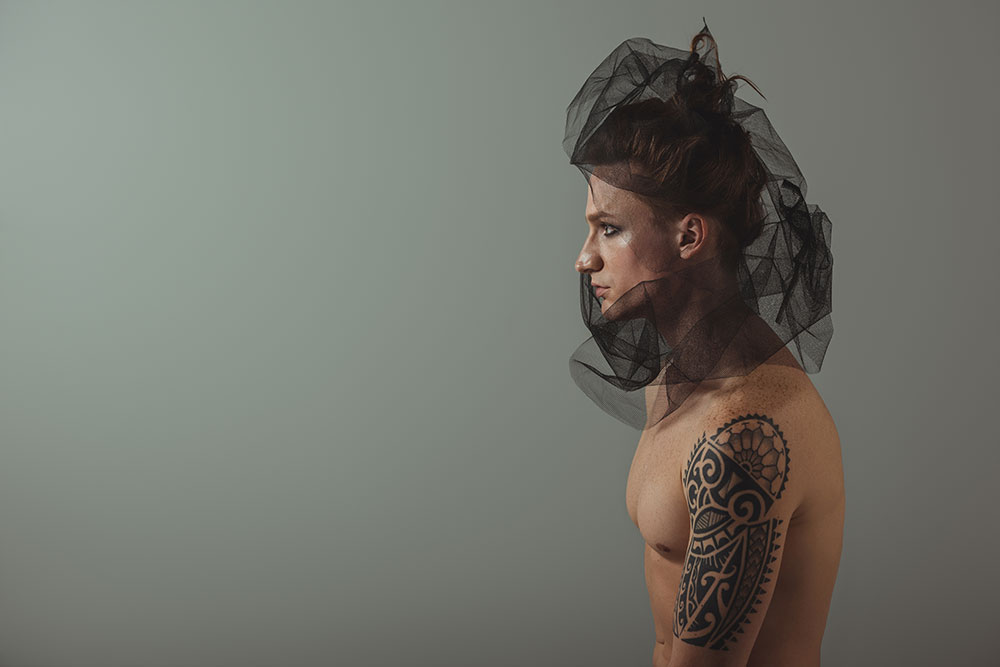
Fashion & Editorial Nude Modeling: High-End Magazine Shoots and Avant-Garde Fashion Concepts
Fashion and editorial nude modeling take nudity beyond the ordinary, blending it with high-end styling, bold concepts, and a touch of rebellion. This isn’t about stripping down—it’s about making a statement. Whether it’s a stunning black-and-white spread in Vogue, a daring runway look that barely qualifies as clothing, or a luxury campaign that turns the human body into an art piece, this kind of modeling treats nudity as an extension of fashion itself.
In magazine shoots, nudity is rarely just for the sake of being nude. It’s about the way skin contrasts with fabric, how light plays off curves, how an unclothed body can carry as much drama as a couture gown. Maybe it’s a model wrapped in layers of sheer fabric, half-revealed, or completely bare except for oversized jewelry and sky-high heels. The goal? To create something striking, unforgettable, and often just on the edge of controversy.
Avant-garde fashion takes it a step further. Some designers use the body itself as part of the look—draping models in nothing but sculptural accessories, experimental makeup, or even just strategically placed shadows. Sometimes the lack of clothing is the fashion statement, challenging ideas of what’s considered stylish, acceptable, or even wearable.
What sets fashion nude modeling apart from other types of nude work is the energy behind it. It’s not about being soft and sensual (though it can be); it’s about power, confidence, and attitude. The best models in this space don’t just pose; they own the shot. A gaze, a stance, a perfectly arched back—every detail is part of the final image.

Erotic & Glamour Nude Modeling, Working for More Sensual or Commercial Projects
Erotic and glamour nude modeling tap into something both timeless and deeply human—the art of attraction. It’s not just about looking good without clothes; it’s about how you carry yourself, how you hold a gaze, how a single pose can create an entire mood. Unlike fine art nude modeling, which focuses on form and abstraction, or editorial nude work, which leans into high fashion, these styles are about confidence, sensuality, and presence.
Glamour nude modeling is the polished, high-gloss version of sexy. Think Playboy, Maxim, or beauty campaigns that embrace the body in its most flattering light. Everything is styled to perfection—soft, golden lighting, effortless waves of hair, arched backs, and smoldering looks. It’s less about raw intimacy and more about the idea of perfection, a fantasy of effortless seduction. The best glamour models aren’t just beautiful; they know how to work their angles, control their expressions, and exude confidence that pulls the viewer in.
Erotic nude modeling, on the other hand, leans into something more unfiltered, more real. It’s about chemistry, energy, and suggestion—the way a slight parting of lips, a playful turn of the body, or even a messy, undone look can create an intimate, almost voyeuristic feel. Unlike glamour, which is polished and posed, erotic photography often embraces imperfections, letting emotion and body language tell the story. Some shoots go for mystery, using shadows and partial nudity to tease more than reveal. Others are bold and provocative, designed to challenge taboos and celebrate sexuality without apology.
What makes these styles different from everyday nudity is the intent behind them. They’re not just about being naked—they’re about owning your nudity, controlling how it’s presented, and using body language to shape the mood of an image. And in the real world, that takes skill. Confidence is everything. The best models in these genres aren’t just comfortable in their skin—they know how to make the camera feel like it’s capturing something personal, even in a staged environment.
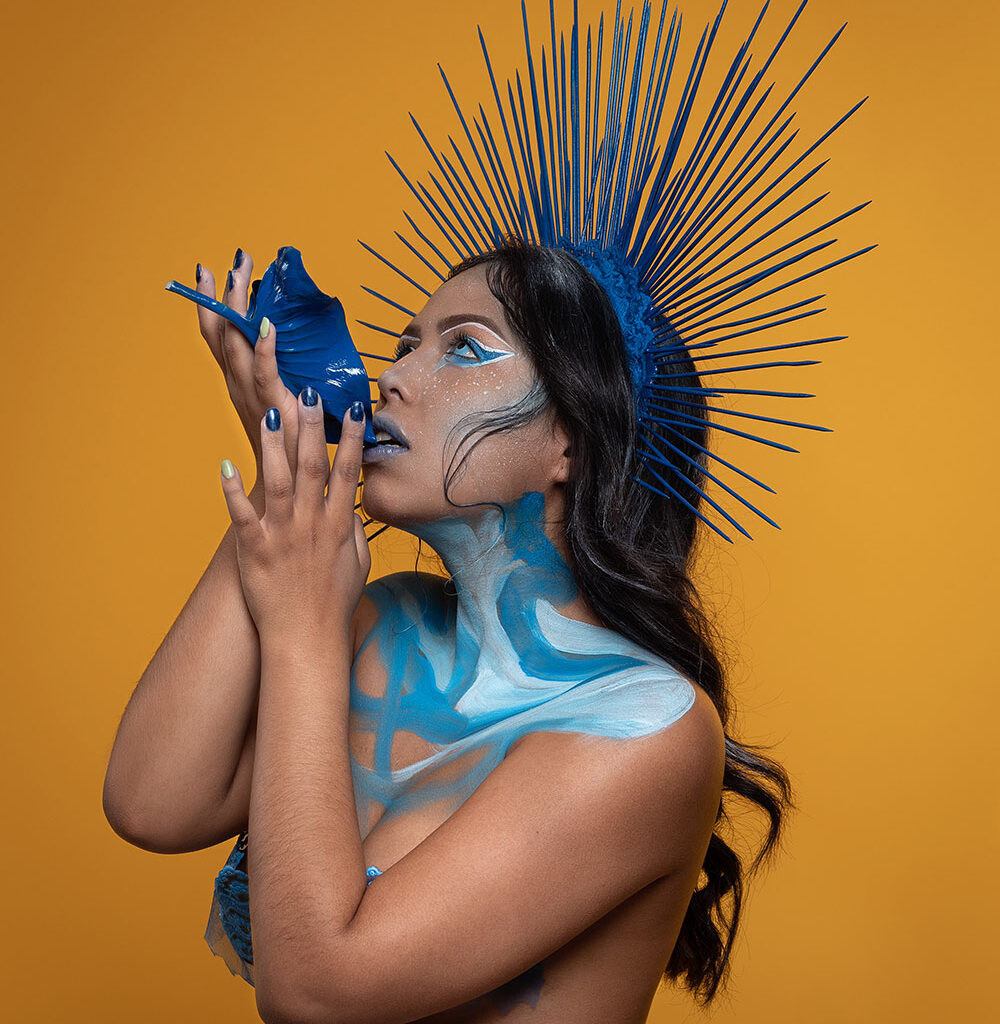
Body Painting & Conceptual Art, Using the Body as a Canvas for Artistic Expression
Imagine standing still as cool paint glides across your skin, transforming your body into something entirely new—a living artwork, shifting and breathing with every subtle movement. Body painting and conceptual art take nude modeling beyond the body itself, turning skin into a medium for creativity, self-expression, and storytelling. Unlike traditional nude modeling, where the body is the subject, here, the body becomes the foundation for something bigger—art that moves, disappears, and exists only in fleeting moments.
Body painting is an ancient practice, seen in tribal rituals, sacred ceremonies, and even war paint that symbolized strength and identity. But in modern times, it’s evolved into something wildly creative. It can be hyper realistic, with an artist blending a model into their surroundings so seamlessly that they disappear. It can be abstract, with bold splashes of color that follow the body’s curves like a living Picasso. It can be symbolic, carrying deep personal or political messages written directly onto the skin. Unlike a canvas painting that hangs on a wall, this kind of art is alive—it breathes, moves, and eventually fades away, existing only in photographs, memories, and the moment itself.
Then there’s conceptual nude art, where the body isn’t just painted but transformed. It might be wrapped in materials, submerged in unexpected environments, or posed in ways that challenge how we see the human form. Some artists use projections to turn the body into a light display. Others sculpt around it, making the body part of an installation rather than just a subject. The best conceptual nude art makes you think—it takes nudity beyond beauty and into something raw, provocative, or even surreal.
Modeling for these projects is an entirely different experience. It’s not about holding a perfect pose for a photographer or artist—it’s about becoming the art itself. It requires patience, vulnerability, and the willingness to let go of the idea of permanence. When the paint eventually washes away, when the installation is dismantled, all that’s left is the memory of being part of something that existed for just a moment, but meant everything in that time.
In a way, that’s what makes body painting and conceptual nude art so powerful. It reminds us that art isn’t just something we create—it’s something we are.
Continue Reading
- Everything About Nude Modeling / Part 1
- Everything About Nude Modeling / Part 2
- Everything About Nude Modeling / Part 3
- Everything About Nude Modeling / Part 4
- Everything About Nude Modeling / Part 5
- Everything About Nude Modeling / Part 6
- Everything About Nude Modeling / Part 7
Written By: Anh Nguyen
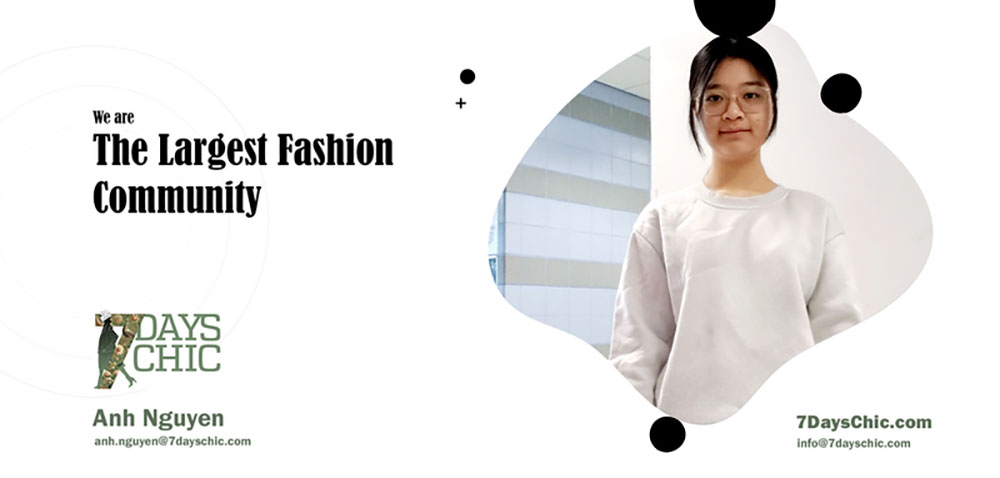


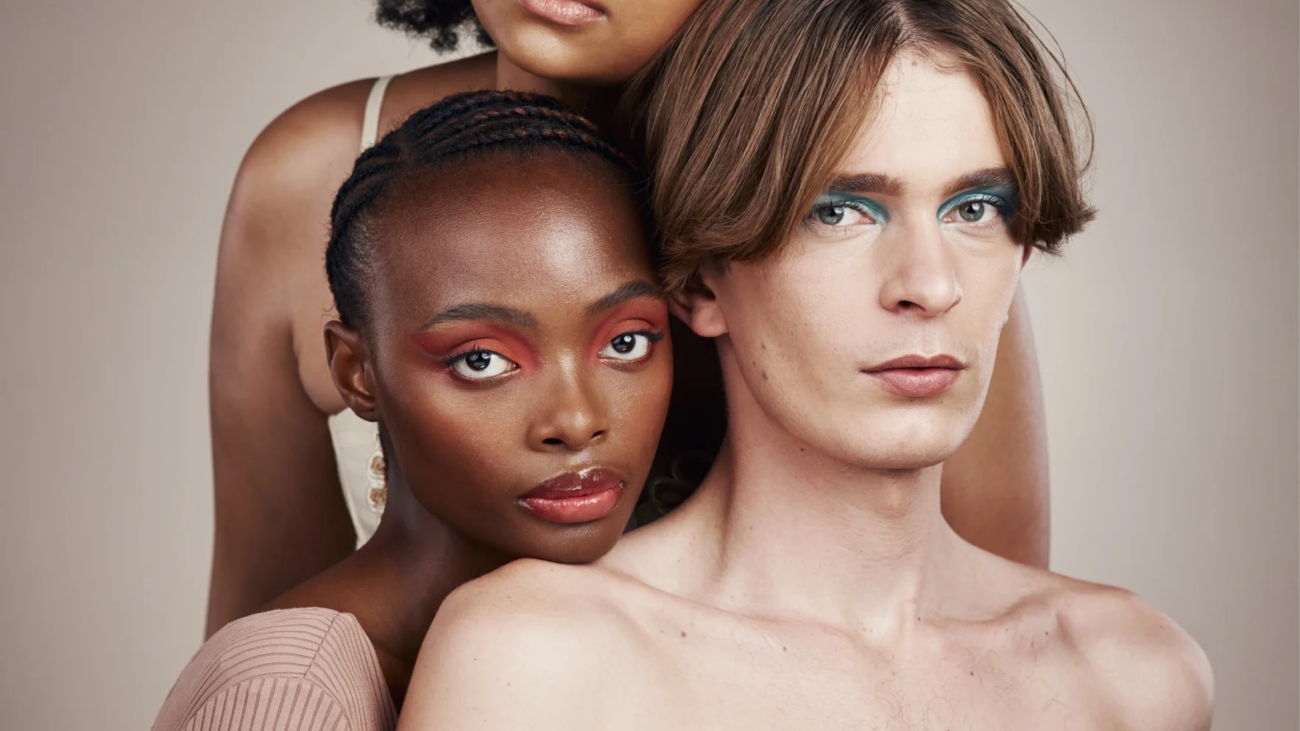
Add a Comment